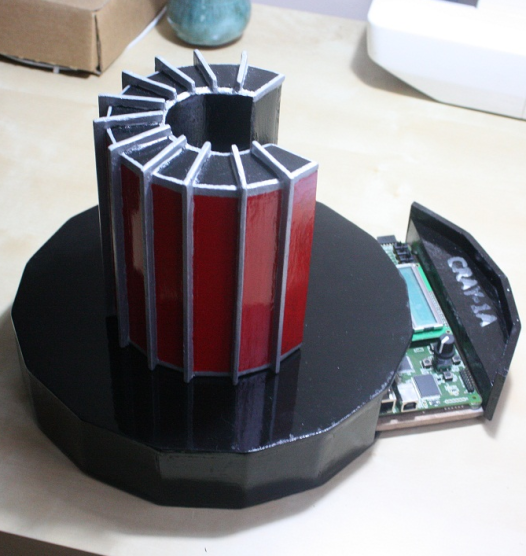Over at GigaOM, Signe Brewster writes that a project by a couple of hobbyists to build a working model of a CRAY-1A ended up turning into a major quest for early supercomputing software.
For these machines (Cray-1 or X-MP) you couldn’t really go into a store and buy an application, like you do for a PC these days. Now, you just ‘install’ Word and it runs. For these machines, everything came in source-code format and you needed to compile it before you could run it. You use the … compiler to turn it into machine code the machine could understand,” Tantos said. “That was the main way you interacted with these machines. Without the compiler, you can’t feed it that.”
Read the Full Story.





While this is admirable that modern day hobbyists are indulging themselves in recreating classic stuff, but anyone who is still around and lived thru that era, knows this. It is also heavily documented in several Cray web pages, FAQs, etc., of the the way things were done – 99% from source code. After all it needed to extract every ounce of performance and use every bit of hardware resource provided to it. Since the serial numbers of all Crays ever built could fit into a couple of sheets of paper (depending upon the font size chose), generating and distributing binaries were Ok only for the baby Crays, knock offs and entry level systems (only a handful ever were sold). What should be drawn from this is have most modern day students go thru a similar exercise for extinct models of the past including odd ball architectures, so that the experience and wisdom that went into engineering design and architecture decisions will be preserved.